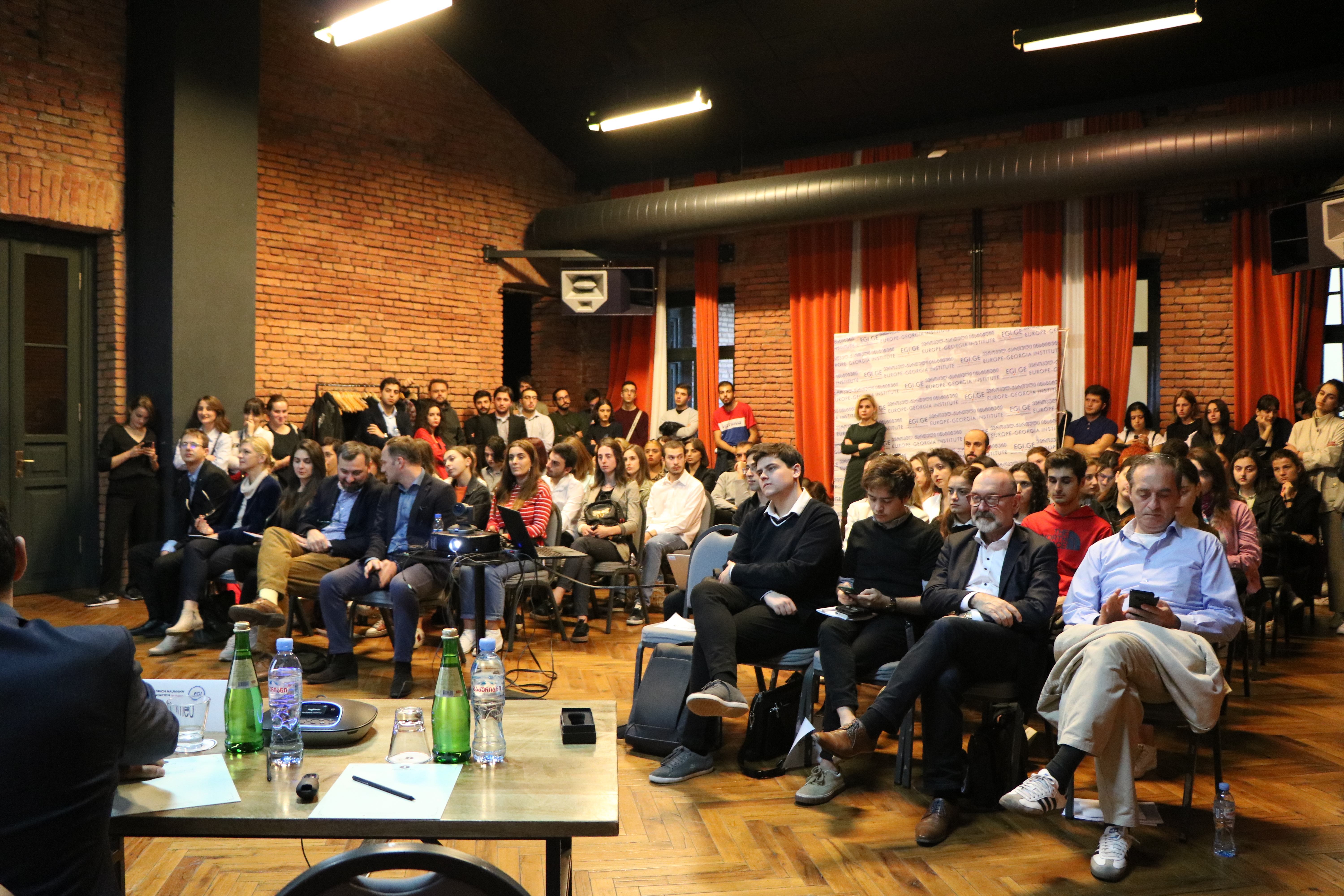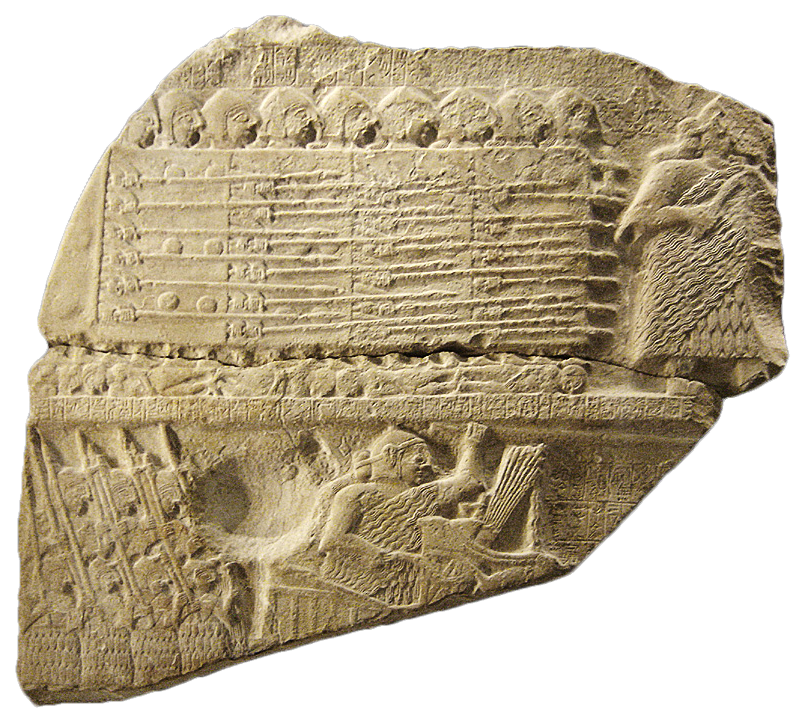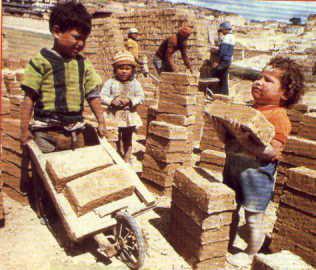|
La Chureca
La Chureca (Spanish slang word for ''city dump'') was the municipal domestic and industrial waste-disposal site in Managua, Nicaragua. It was the largest open-air landfill in Central America, covering 7 km2 in the north-western corner of Managua. It is located on the south shore of Lake Managua, and it is near Acahualinca, home to the famous ancient footprints of Acahualinca. Out of the approximately 1,000 persons who reside at the dump, 50% are children under age 18. These children and families work at La Chureca sorting through the waste. Approximately 400 to 440 families live in La Chureca. History It is difficult to say when La Chureca was created as there is no exact date recorded. Most remember it growing significantly after a devastating earthquake hit Managua on December 23, 1972 (Bergin, 2008). According to Science News (1972), the Managuan earthquake devastated approximately 70% of the city, left thousands dead and many others injured. In addition, tens of thousan ... [...More Info...] [...Related Items...] OR: [Wikipedia] [Google] [Baidu] |
Wastewater
Wastewater (or waste water) is water generated after the use of freshwater, raw water, drinking water or saline water in a variety of deliberate applications or processes. Another definition of wastewater is "Used water from any combination of domestic, industrial, commercial or agricultural activities, surface runoff / storm water, and any sewer inflow or sewer infiltration". In everyday usage, wastewater is commonly a synonym for sewage (also called domestic wastewater or municipal wastewater), which is wastewater that is produced by a community of people. As a generic term, wastewater may also describe water containing contaminants accumulated in other settings, such as: * Industrial wastewater: waterborne waste generated from a variety of industrial processes, such as manufacturing operations, mineral extraction, power generation, or water and wastewater treatment. * Cooling water, is released with potential thermal pollution after use to condense steam or reduce machinery ... [...More Info...] [...Related Items...] OR: [Wikipedia] [Google] [Baidu] |
Community Center
A community centre, community center, or community hall is a public location where members of a community gather for group activities, social support, public information, and other purposes. They may be open for the whole community or for a specialized subgroup within the greater community. Community centres can be religious in nature, such as Christianity, Christian Church (building), churches, Islamic mosques, Jewish synagogues, Hindu Hindu temple, temples, or Buddhist Buddhist temple, temples; though they can also be secular and in some cases government-run, such as youth clubs or Leisure centres. Uses The community centres are usually used for: * Celebrations, * Public meetings of the citizens on various issues, * Organising meetings (where politicians or other official leaders come to meet the citizens and ask for their opinions, support or votes ("Political campaign, election campaigning" in democracies, other kinds of requests in non-democracies)), * Volunteer activi ... [...More Info...] [...Related Items...] OR: [Wikipedia] [Google] [Baidu] |
Non-governmental Organization
A non-governmental organization (NGO) is an independent, typically nonprofit organization that operates outside government control, though it may get a significant percentage of its funding from government or corporate sources. NGOs often focus on humanitarian or social issues but can also include clubs and associations offering services to members. Some NGOs, like the World Economic Forum, may also act as lobby groups for corporations. Unlike international organizations (IOs), which directly interact with sovereign states and governments, NGOs are independent from them. The term as it is used today was first introduced in Article 71 of the UN Charter, Article 71 of the newly formed United Nations Charter in 1945. While there is no fixed or formal definition for what NGOs are, they are generally defined as nonprofit entities that are independent of governmental influence—although they may receive government funding. According to the United Nations Department of Global Communic ... [...More Info...] [...Related Items...] OR: [Wikipedia] [Google] [Baidu] |
Mercury (element)
Mercury is a chemical element; it has Symbol (chemistry), symbol Hg and atomic number 80. It is commonly known as quicksilver. A Heavy metal element, heavy, silvery d-block element, mercury is the only metallic element that is known to be liquid at standard temperature and pressure; the only other element that is liquid under these conditions is the halogen bromine, though metals such as caesium, gallium, and rubidium melt just above room temperature. Mercury occurs in deposits throughout the world mostly as cinnabar (mercuric sulfide). The red pigment vermilion is obtained by Mill (grinding), grinding natural cinnabar or synthetic mercuric sulfide. Exposure to mercury and mercury-containing organic compounds is toxic to the nervous system, immune system and kidneys of humans and other animals; mercury poisoning can result from exposure to water-soluble forms of mercury (such as mercuric chloride or methylmercury) either directly or through mechanisms of biomagnification. Mercu ... [...More Info...] [...Related Items...] OR: [Wikipedia] [Google] [Baidu] |
Slaughterhouse
In livestock agriculture and the meat industry, a slaughterhouse, also called an abattoir (), is a facility where livestock animals are slaughtered to provide food. Slaughterhouses supply meat, which then becomes the responsibility of a meat-packing facility. Slaughterhouses that produce meat that is not intended for human consumption are sometimes referred to as ''knacker's yards'' or ''knackeries''. This is where animals are slaughtered that are not fit for human consumption or that can no longer work on a farm, such as retired work horses. Slaughtering animals on a large scale poses significant issues in terms of logistics, animal welfare, and the environment, and the process must meet public health requirements. Due to public aversion in different cultures, determining where to build slaughterhouses is also a matter of some consideration. Frequently, animal rights groups raise concerns about the methods of transport to and from slaughterhouses, preparation prior to s ... [...More Info...] [...Related Items...] OR: [Wikipedia] [Google] [Baidu] |
Restaurant
A restaurant is an establishment that prepares and serves food and drinks to customers. Meals are generally served and eaten on the premises, but many restaurants also offer take-out and Delivery (commerce), food delivery services. Restaurants vary greatly in appearance and offerings, including a wide variety of cuisines and Customer service, service models ranging from inexpensive fast-food restaurants and cafeterias to mid-priced family restaurants, to high-priced luxury establishments. Etymology The word derives from the early 19th century, taken from the French language, French word 'provide meat for', Literal translation, literally 'restore to a former state' and, being the present participle of the verb, the term ''restaurant'' may have been used in 1507 as a "restorative beverage", and in correspondence in 1521 to mean 'that which restores the strength, a fortifying food or remedy'. History A public eating establishment similar to a restaurant is mentioned in a 512 B ... [...More Info...] [...Related Items...] OR: [Wikipedia] [Google] [Baidu] |
Nicaraguan Córdoba
The córdoba (, currency sign, sign: C$; ISO 4217, code: NIO) is the currency of Nicaragua and is divided into 100 ''centavos''. History The first córdoba was introduced with the new National Bank of Nicaragua (Banco Nacional de Nicaragua Incorporado) which was created in 1912, after which the government of Adolfo Díaz promulgated the Monetary Conversion Law, in March 1912. This law created the monetary unit "córdoba", named after Francisco Hernández de Córdoba (founder of Nicaragua), Francisco Hernández de Córdoba, founder of Nicaragua and the cities of León, Nicaragua, León and Granada, Nicaragua, Granada, but due to the prevailing political instability at that time, the córdoba did not circulate until 1913. It replaced the Nicaraguan peso, peso moneda corriente, the Nicaraguan currency between 1878 and 1912. In 1960 the Central Bank of Nicaragua (BCN) was founded and the banknotes and coins that until that date were issued by the National Bank of Nicaragua, began ... [...More Info...] [...Related Items...] OR: [Wikipedia] [Google] [Baidu] |
Scrap Metal
Scrap consists of recyclable materials, usually metals, left over from product manufacturing and consumption, such as parts of vehicles, building supplies, and surplus materials. Unlike waste, scrap can have monetary value, especially recovered metals, and non-metallic materials are also recovered for recycling. Once collected, the materials are sorted into types – typically metal scrap will be crushed, shredded, and sorted using mechanical processes. Metal recycling, especially of structural steel, ships, used manufactured goods, such as vehicles and white goods, is an industrial activity with complex networks of wrecking yards, sorting facilities, and recycling plants. The industry includes both formal organizations and a wide range of informal roles such as waste pickers who help sorting through scrap. Processing Scrap metal originates both in business and residential environments. Typically a "scrapper" will advertise their services to conveniently remove scrap metal ... [...More Info...] [...Related Items...] OR: [Wikipedia] [Google] [Baidu] |
Spear
A spear is a polearm consisting of a shaft, usually of wood, with a pointed head. The head may be simply the sharpened end of the shaft itself, as is the case with Fire hardening, fire hardened spears, or it may be made of a more durable material fastened to the shaft, such as bone, flint, obsidian, copper, bronze, iron, or steel. The most common design for hunting and/or warfare, since modern times has incorporated a metal spearhead shaped like a triangle, lozenge (shape), diamond, or Glossary of leaf morphology, leaf. The heads of fishing spears usually feature multiple sharp Tine (structural), points, with or without barbs. Spears can be divided into two broad categories: those designed for thrusting as a melee weapon (including weapons such as lances and Pike (weapon), pikes) and those designed for throwing as a ranged weapon (usually referred to as javelins). The spear has been used throughout human history as a weapon for hunting and/or fishing and for warfare. Along with ... [...More Info...] [...Related Items...] OR: [Wikipedia] [Google] [Baidu] |
Recyclable
Recycling is the process of converting waste materials into new materials and objects. This concept often includes the recovery of energy from waste materials. The recyclability of a material depends on its ability to reacquire the properties it had in its original state. It is an alternative to "conventional" waste disposal that can save material and help lower greenhouse gas emissions. It can also prevent the waste of potentially useful materials and reduce the consumption of fresh raw materials, reducing energy use, air pollution (from incineration) and water pollution (from landfilling). Recycling is a key component of modern waste reduction and represents the third step in the "Reduce, Reuse, and Recycle" waste hierarchy, contributing to environmental sustainability and resource conservation. It promotes environmental sustainability by removing raw material input and redirecting waste output in the economic system. There are some ISO standards related to recycling, su ... [...More Info...] [...Related Items...] OR: [Wikipedia] [Google] [Baidu] |
Child Labour
Child labour is the exploitation of children through any form of work that interferes with their ability to attend regular school, or is mentally, physically, socially and morally harmful. Such exploitation is prohibited by legislation worldwide, although these laws do not consider all work by children as child labour; exceptions include work by child artists, family duties, supervised training, and some forms of work undertaken by Amish children, as well as by Indigenous children in the Americas. Child labour has existed to varying extents throughout history. During the 19th and early 20th centuries, many children aged 5–14 from poorer families worked in Western nations and their colonies alike. These children mainly worked in agriculture, home-based assembly operations, factories, mining, and services such as news boys—some worked night shifts lasting 12 hours. With the rise of household income, availability of schools and passage of child labour laws, the inc ... [...More Info...] [...Related Items...] OR: [Wikipedia] [Google] [Baidu] |








